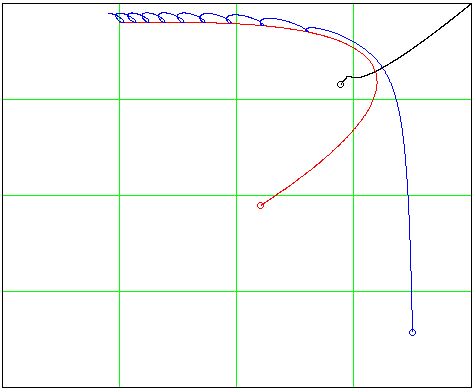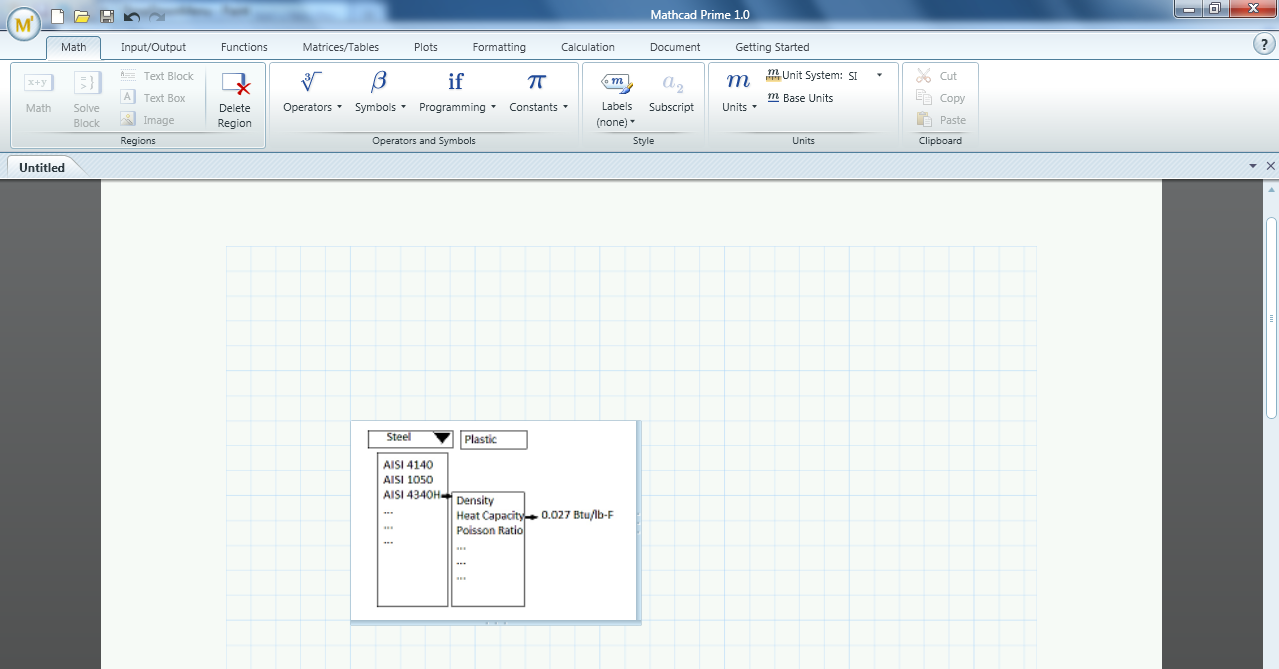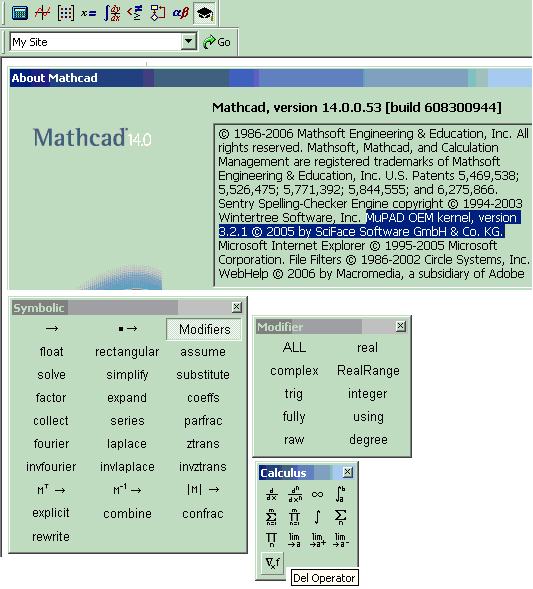

Mathematics, scientifc visualization, computer graphics.

The help of Mathcad and Python programming skills.
Polyroots mathcad 14 how to#
Useful, but that the process of learning how to do them can be enjoyable, especially with Te authors hope to show that such calculations can be not only

Scientifc and technical calculations for future mathematicians, engineers, scientists, and STEM Problems with Mathcad and Python seeks to remove the fear of tackling difcult Gives computer users access to an exciting new hobby - solving complex problems described in fiction.

Polyroots mathcad 14 software#
The book will also illustrate how the use of modern computer software allows one to significantly expand the range of problems considered beyond those conventionally taught. The authors hope to show that such calculations can be not only useful, but that the process of learning how to do them can be enjoyable, especially with the help of Mathcad and Python programming skills. There are two main differences from a regular Solve Block:Ģ) Use the symbolic evaluation operator (right arrow) with the Find function.Ĭreate the graph of the function f (x) (Table 1) and determine one of the roots of the equation approximately.STEM Problems with Mathcad and Python seeks to remove the fear of tackling difficult scientific and technical calculations for future mathematicians, engineers, scientists, and other STEM researchers. Select Symbolics - Expand or Symbolics - Factor to expand or factor the expression.īoxing (x 1).(x 4) and then selecting Symbolics - Expand yields: x2 5.x 4īoxing x2 5.x 4 and then selecting Symbolics - Factor yields: (x 1).(x 4)Įxample 2: Evaluating symbolic expressionsġ) Using Symbolics - Evaluate - Symbolically from the main menuĪnd then selecting Symbolics - Evaluate - Symbolically yields:Įxample 3: Simplyfing symbolic expressionsĮxample 4: Solving symbolic equations using a SOLVE BLOCK Press the space bar until the entire expression is boxed. When Mathcad engages in symbolic mathematics, however, the result of evaluating an expression is generally another expression, as shown in the bottom of Figure 14-1.įigure 14-1: A numeric and symbolic evaluation of the same expression.Įxample 1: Factoring and expanding expressionsĮnter an expression. This means that whenever you evaluate an expression, Mathcad returns one or more numbers, as shown at the top of Figure 14-1. You’ve seen Mathcad engaging in numeric calculations.


 0 kommentar(er)
0 kommentar(er)
